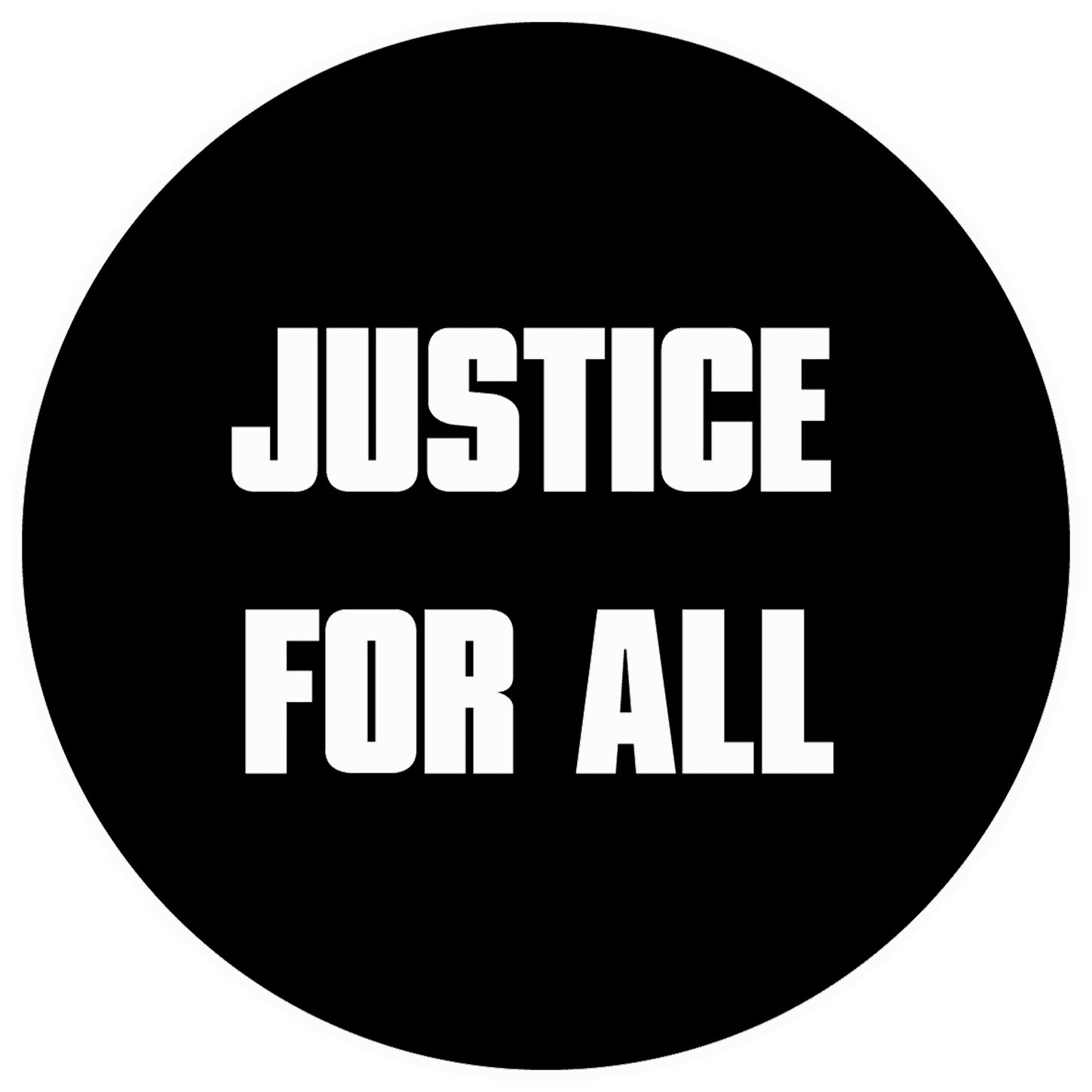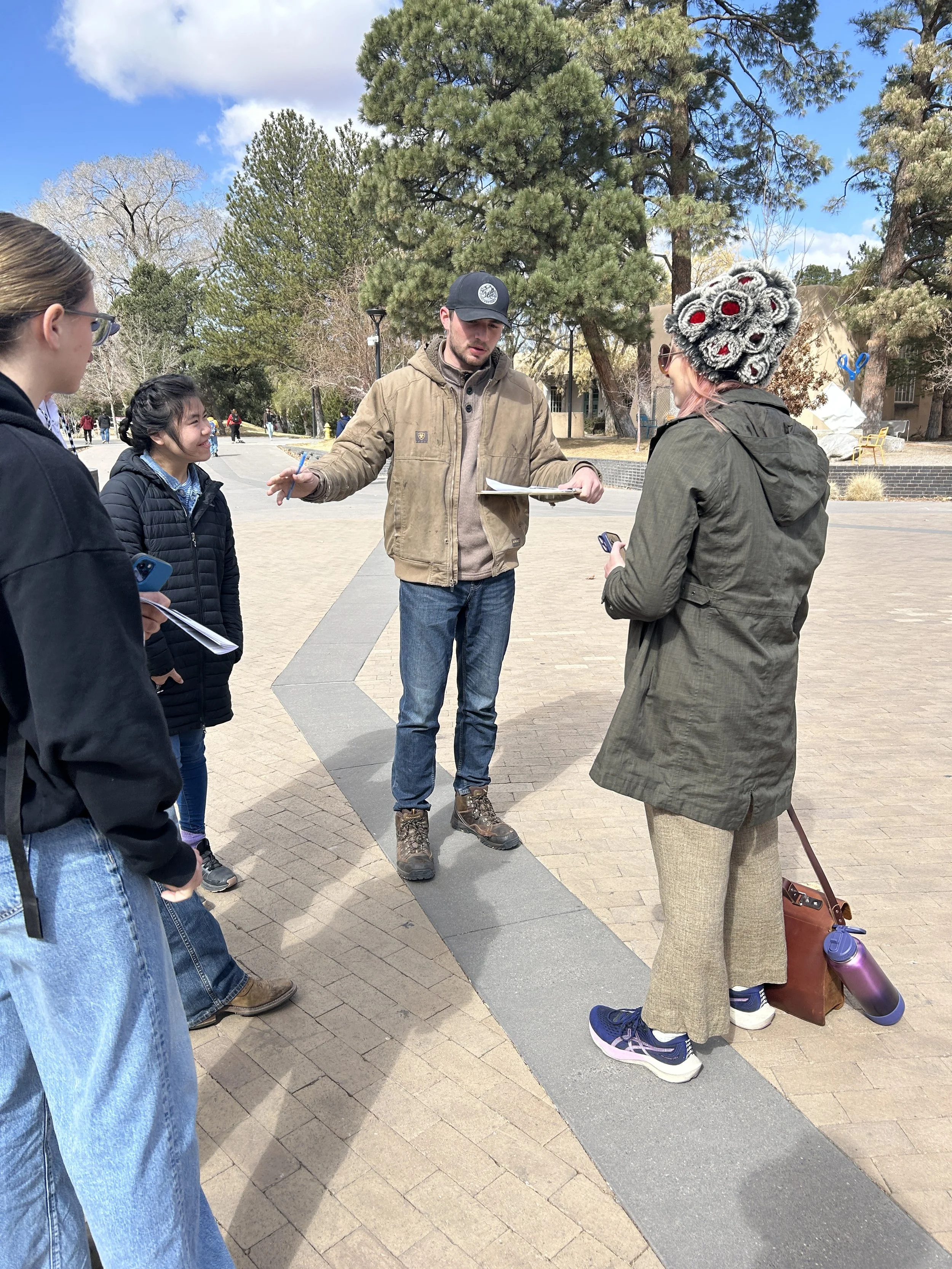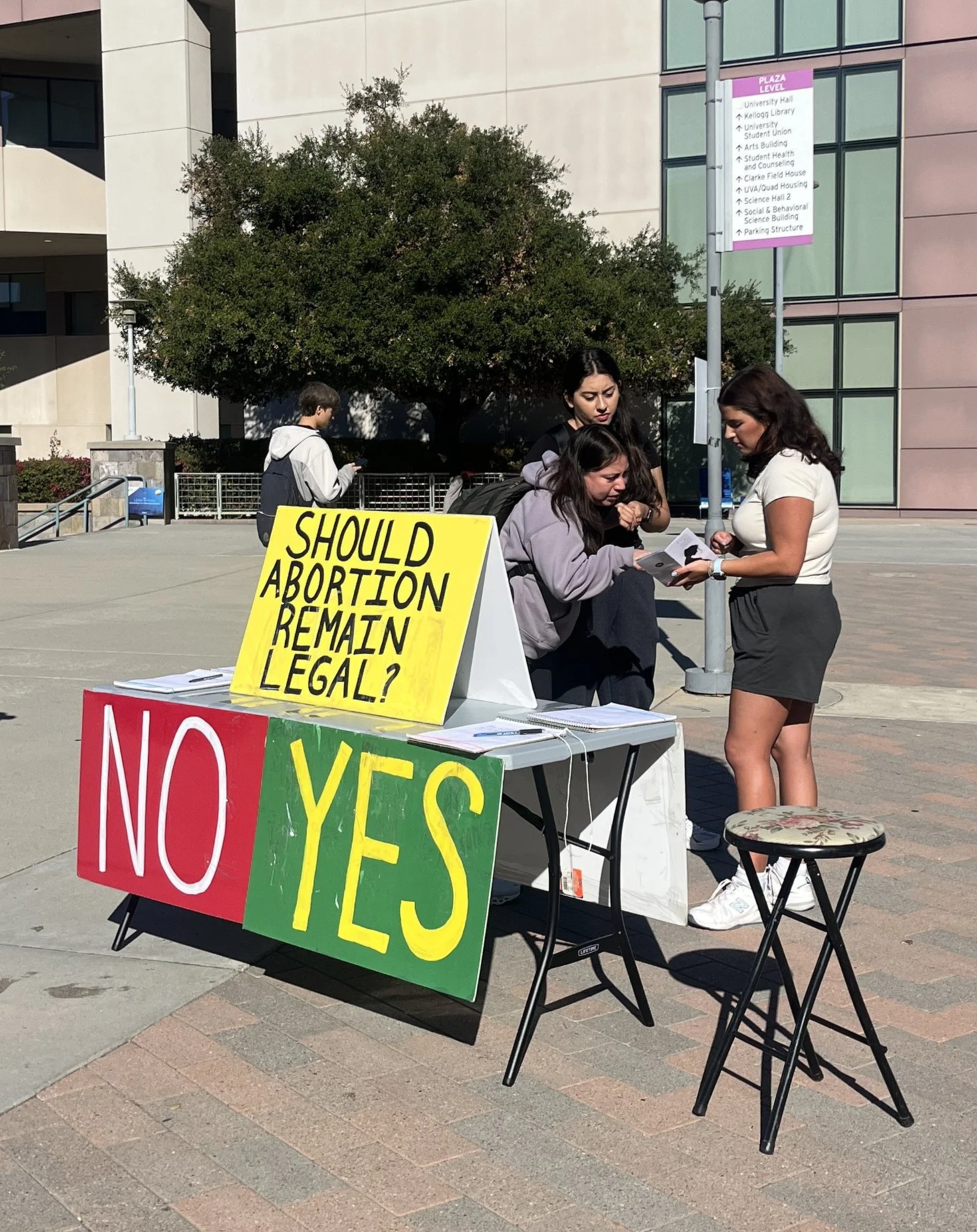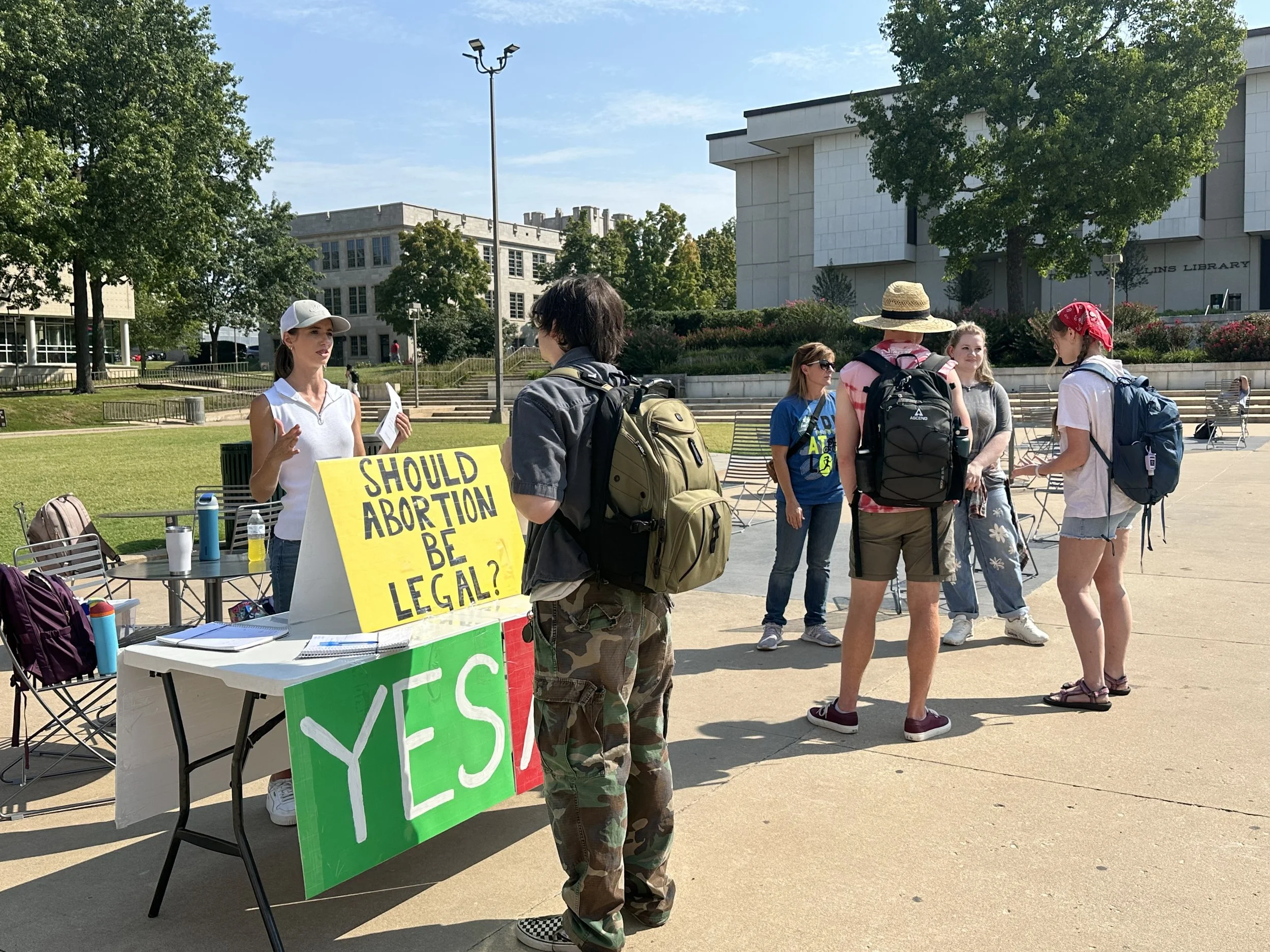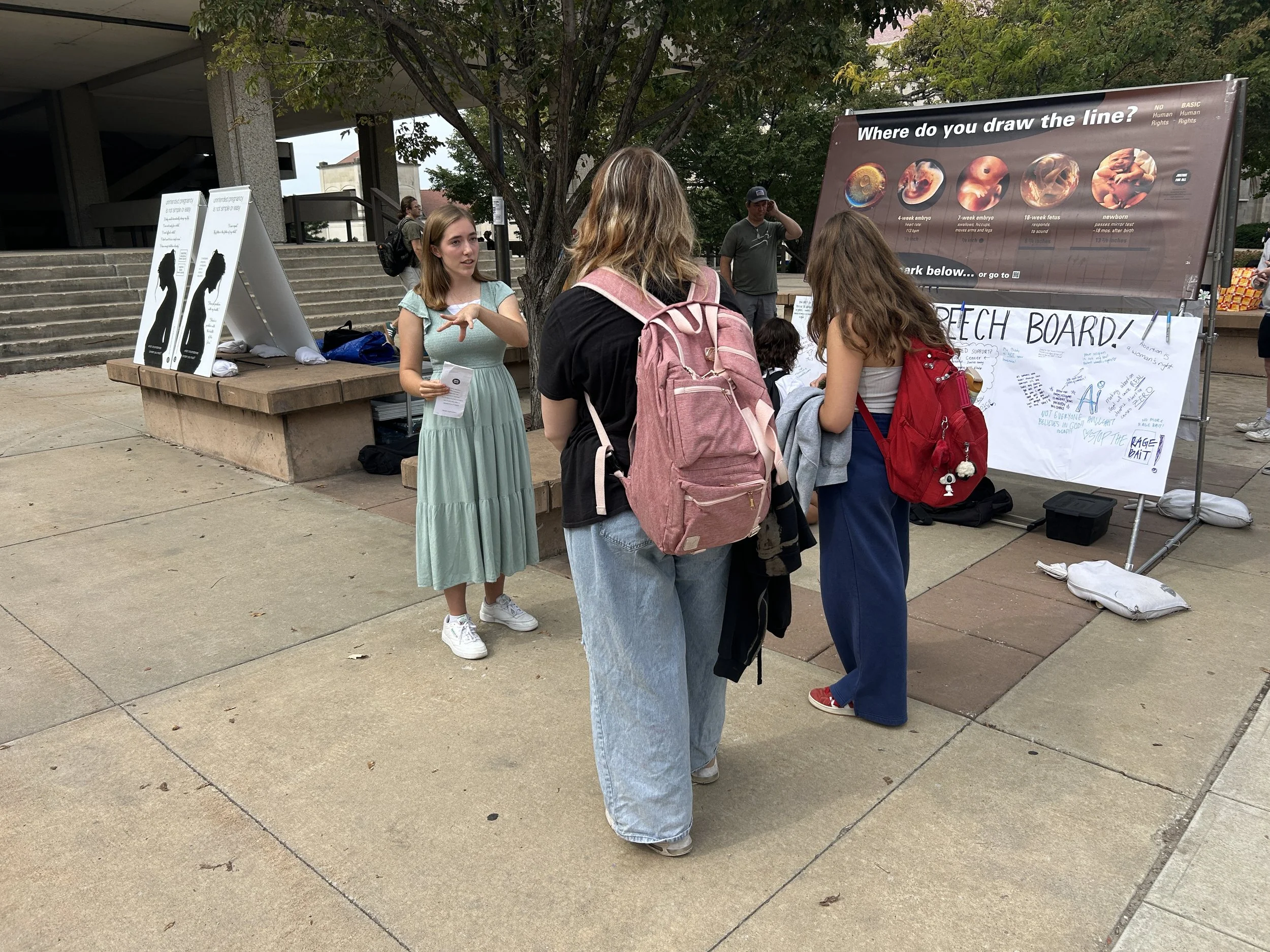Introduction to the "It's Her Body" Series
Even before President Trump nominated Brett Kavanaugh to the Supreme Court on July 9, New York Governor Andrew Cuomo was signing pre-emptive orders aimed at protecting women’s “constitutional legal protection to control their own bodies” after Roe v. Wade is overturned.
There’s nothing like the feeling that the legal right to abortion might be in jeopardy to motivate people to start talking about abortion again. Indeed, the “Should Abortion Remain Legal?” poll question is our most reliable tool for causing pro-choice advocates to stop and share their opinions with us. In one sense, that’s unfortunate, because many haven’t ever thought much about whether or not the unborn is a human being and whether or not abortion is wrong. Without these prior questions resolved, the discussion of the law is premature. Still, it does make people stop.
The increased buzz about abortion because of the Kavanaugh nomination will likely make people more willing to share their opinions about abortion. Beyond buzz and discussion, though, I think it’s difficult to say what a more conservative Supreme Court might do with Roe v. Wade and its progeny if a case were to come before it in the next few years. Hadley Arkes has voiced some serious concerns about whether even the justices who seem most conservative are willing to make the moral arguments that are essential to protecting unborn children. (See “Another Pro-Life Victory?” and “The Moral Turn” in First Things.) So, having conservative justices and a case to rule on may be only half that battle. If the Court strikes down Roe but not for the reason that abortion kills a human being, it’s true that many states would likely outlaw abortion, but those with the most abortions (such as California and New York), if allowed to make whatever law seems best to them, would likely keep legal abortion alive (irony intended). This underscores how we cannot hope to protect unborn children for the long-term through the Court alone, apart from another key strategy: seeking to change the hearts and minds of the strong majority that is tolerant of legal abortion.
In any case, we can hope the Supreme Court drama will make it less awkward to discuss unintended pregnancy and abortion with people in our churches, the parents of our kids’ friends, and teens just entering college. I predict many of these will follow the same familiar path Andrew Cuomo just trod. We’ll hear “it’s her body” and its variants not only from those who think abortion is morally neutral, but also from those who say they are strongly against abortion...for themselves. (Indeed, isn’t “I’m against abortion, but I think it should be legal” the most common pro-choice position?)
In my article, "It's Her Body," and the accompanying blog posts, I outline a timely approach to these “it’s her body” arguments. My approach might surprise you. It may seem to you to be too sympathetic at a time when we need firm, even strident, proclaiming of truth. Here’s what I’m up to: It doesn’t hurt our case against abortion one bit to find common ground with “it’s her body” statements as much as we honestly can. Once you read my letter, I hope you’ll agree this approach is not only morally good but also has the best chance of helping those who disagree become receptive to the truth of our position, clearly and confidently presented at the appropriate time. Because “it’s her body” statements require careful attention to relational complexity, intellectual complexity, and the meaning that a person is intending, the P.S. of the enclosed letter includes links to blog posts that fill out our approach and give you a good start at being ready to discuss “it’s her body” statements when they are surely to come up in the coming months.
This approach is part of JFA’s attempt to integrate love and truth in every moment of every conversation. Just as we shouldn’t “love” the woman at the expense of the child, we also shouldn’t “love” the child without concern for the woman. We aim instead to love every human being. This includes the person with whom we’re speaking.
I hope you find this article and the accompanying blog posts helpful. I’d love to hear your thoughts!
